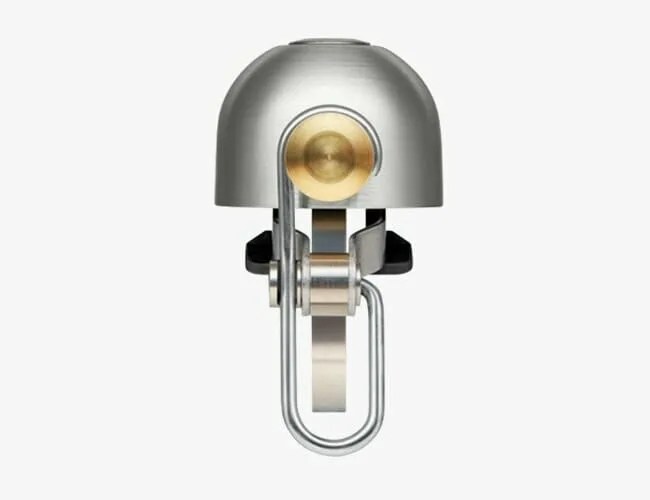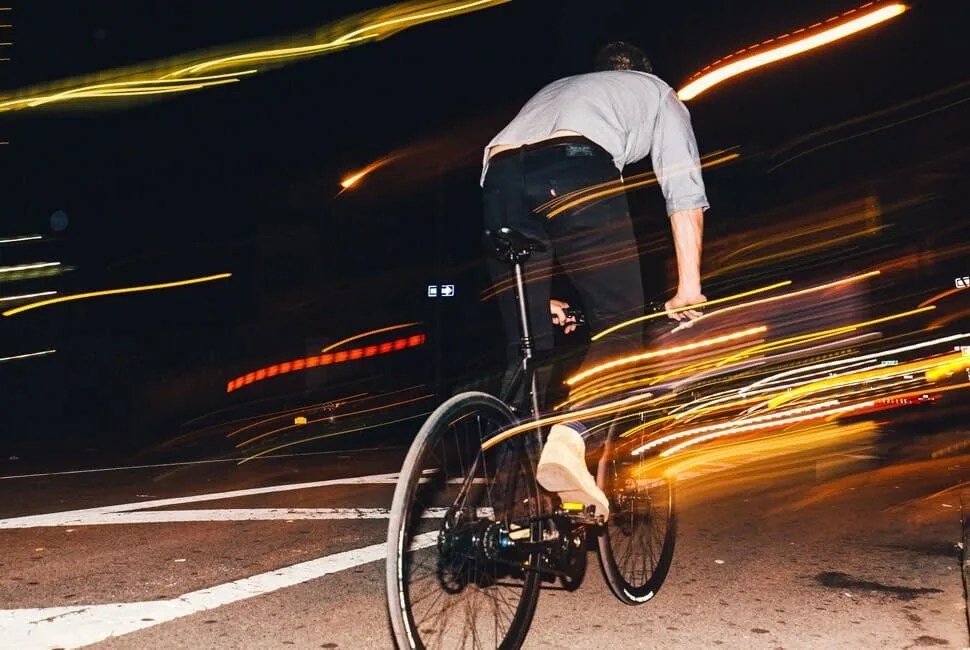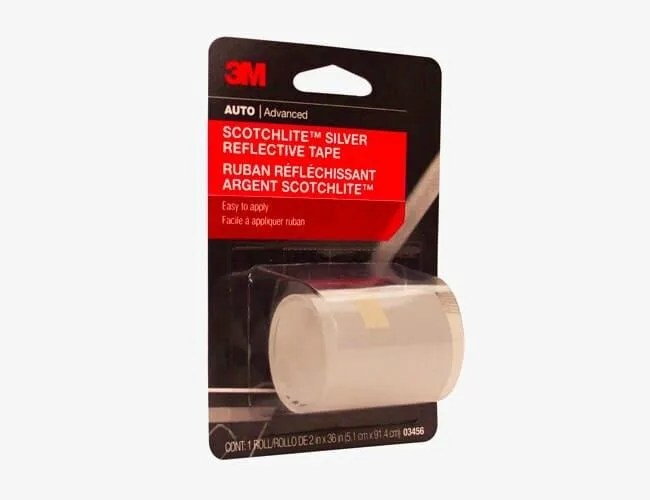If you live in a city, you probably know that commuting to work on a bicycle is often far faster than driving or taking public transportation. It’s certainly the case in our home base of New York City, where the only predictable trait about the subway system is its consistent unreliability. It makes cycling here that much more convenient, but unfortunately, that doesn’t mean it’s safe.
According to recent data from the National Highway Traffic Safety Administration, which is part of the Department of Transportation, New York had the most cyclist fatalities of any city with a population of over 500,000 in the country during 2017. It’s not doing much better in 2019 either, with 15 cyclist deaths as of the time of this writing (three of them during a single week). Here’s a list of other cities that the data points to, organized based on the percentage of total traffic fatalities that were cyclists. (Other factors for determining the danger posed to cyclists, such as the percentage of bike commuters in the population, availability of bike lanes, and variance in bike-related traffic laws, weren’t taken into account.)
The 10 Most Dangerous Cities for Cyclists in the US (Based on 2017 Data)
1. New York City, New York
2. Seattle, Washington
3. San Jose, California
4. San Francisco, California
5. Boston, Massachusetts
6. Washington, D.C.
7. Austin, Texas
8. Phoenix, Arizona
9. Los Angeles, California
10. Fresno, California
No matter where your home falls on the list, it’s important to realize that no matter how safe of a rider you judge yourself to be, it’s more often the choices of others on the road that contribute to an accident. Take as much control of that as you can — starting with how you outfit yourself for a ride. Below, you’ll find some of the urban-riding essentials that’ll help your city improve its place on the list.
Bell: Spurcycle Bell

Cars aren’t the only road users you have to worry about — use this good-looking bell to warn slower riders you’re making a pass and remind pedestrians that the bike lane isn’t an extension of the sidewalk.




